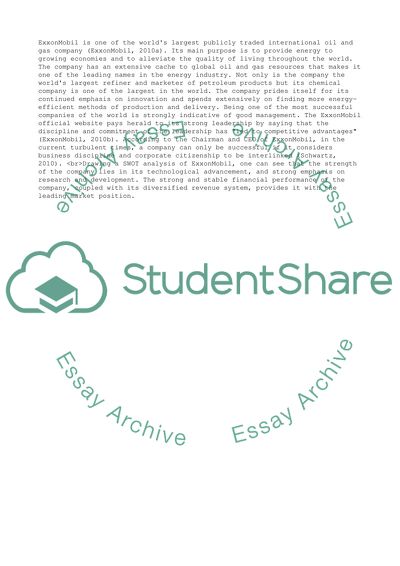Cite this document
(“Management Theory into Practice Essay Example | Topics and Well Written Essays - 4000 words”, n.d.)
Retrieved from https://studentshare.org/management/1569220-management-theory-into-practice
Retrieved from https://studentshare.org/management/1569220-management-theory-into-practice
(Management Theory into Practice Essay Example | Topics and Well Written Essays - 4000 Words)
https://studentshare.org/management/1569220-management-theory-into-practice.
https://studentshare.org/management/1569220-management-theory-into-practice.
“Management Theory into Practice Essay Example | Topics and Well Written Essays - 4000 Words”, n.d. https://studentshare.org/management/1569220-management-theory-into-practice.


